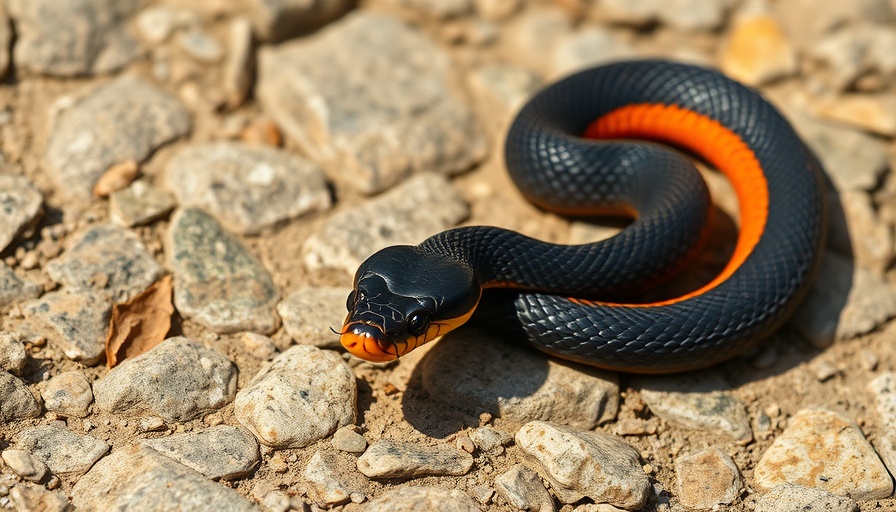
Unusual Beach Sightings: Toxic Pufferfish and Venomous Sea Snakes in South Africa
Over the past week, South African beaches stretching from Mossel Bay to East London have witnessed an unusual and alarming phenomenon: the arrival of toxic pufferfish and highly venomous yellow-bellied sea snakes, driven ashore by rough sea conditions. While fascinating, these marine creatures pose significant risks to unsuspecting beachgoers, necessitating caution and awareness.
Understanding the Marine Life Phenomenon
The sea snakes, recognized by their distinctive black upper body and yellowish lower half, appear to have been displaced from warmer currents due to recent turbulent weather patterns. Experts suggest that the drastic temperature changes left the snakes hypothermic, resulting in their uncharacteristic presence on the British coastline. Reportedly, these snakes are rarely sighted in this region, making each encounter a moment of both awe and caution for local beach visitors.
Expert Warnings and Safety Precautions
Marine biologists and wildlife experts have issued stern warnings to the public to avoid interacting with these creatures. Although bites from yellow-bellied sea snakes are uncommon, their neurotoxic venom can be fatal. Similarly, pufferfish are among the most poisonous vertebrates, causing serious harm if handled or ingested. Those walking dogs near the water are particularly advised to keep their pets away, as ingestion can prove lethal. If anyone comes across these animals, they are urged to report their finds to local authorities to ensure safe removal and rehabilitation.
Environmental Impacts Behind the Wash-Up
The current situation serves as a stark reminder of how climate change and extreme weather events can disrupt ecosystems and alter marine life behavior. Unpredictable sea conditions, driven by climate variability, are increasingly pushing marine species into unfamiliar territories. This incident highlights the importance of understanding how global shifts impact local ecosystems, a concern for environmentalists and oceanographers alike.
Connecting the Dots: Ecotourism and Marine Safety
For travelers and adventurers, South Africa offers a myriad of breathtaking coastal destinations. However, this recent occurrence is a critical point of reflection for those planning trips to these areas. Understanding the importance of marine safety, travelers can make informed decisions to enjoy South Africa's beauty while respecting its wildlife. Responsible tourism emphasizes the need for awareness about natural ecosystems, which fosters a greater appreciation of the interconnectedness of life.
What This Means for Future Travelers
As travelers prepare to explore South Africa, particularly its beautiful beaches, they must stay informed on local marine life and safety guidelines. Knowledge about the potential hazards posed by creatures like pufferfish and sea snakes not only ensures personal safety but contributes to a collective responsibility for the environment. Local wildlife agencies continue to promote ecotourism and marine conservation, emphasizing that a safe exploration is a respectful exploration.
For those planning future trips, awareness campaigns and educational resources are available through travel blogs and tourism boards, encouraging travelers to embrace the beauty of South Africa while being cautious and respectful of its natural inhabitants.
As South Africa continues to evolve as a popular travel destination, keeping informed on wildlife situations like this one can help ensure that visitors not only enjoy their trips but also contribute positively to the preservation of South Africa's rich ecological heritage. If you're planning a trip this year, remember to include wildlife safety in your travel itineraries and respect local guidelines to ensure a safe and enjoyable adventure.
 Add Row
Add Row  Add
Add 


Write A Comment